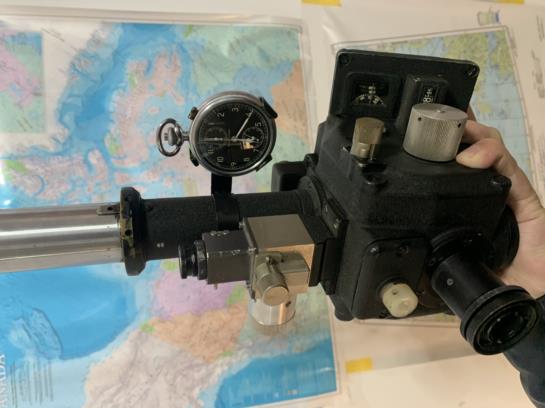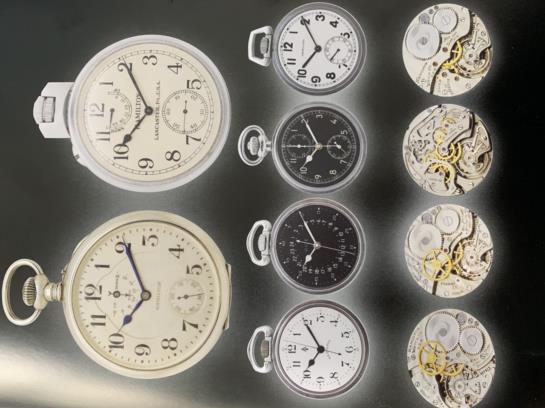
NavList:
A Community Devoted to the Preservation and Practice of Celestial Navigation and Other Methods of Traditional Wayfinding
From: Joe Wong
Date: 2023 Jan 25, 01:38 -0800
Just got my hands on these WWII era navigational chronograph pocket watches (one Hamilton Model 23 and a Breitling 605A), both fit well on my Kollsman. But questions arose, are these watches originally designed to be clipped onto an aircraft octant? Did they serve as chronometers themselves or meerly a deck watch so that the navigator had to bring an additional master watch on board just to compare with during flight?
I understand that the Navy and Army have developed various kinds of aircraft octants before and during WWII, and some of these sextants/octants are fitted with a 16s-sized watch clip(like this Kollsman or the Navy Mk IV), The technical manuals that I've gathered meticulously explains the operation and maintainance of the octant but little to none info about issues with timepieces are brought up. Since one just can't bring a cheap Ingersoll dollar watch with them and hop on the bomber to conduct an operation as critical as locating a tiny speck of land in the ocean, 3000 miles away, bomb it and return home safely with enough fuel. So I reckoned that there has to be some military guidelines specifying the issue.
Limited by crew fatigue and fuel factors, typical aircraft operation would not last over 12 hours, so even watches like this Hamilton M23 (could not be certified as a chronometer by any means) would produce only a small error during the operation period, usually less than a few seconds (if synced properly with a master at the base right before the operation), combined with the fact that typical aircraft octant can only produce a low-accuracy reading, would these factors make the Hamilton or similiar watches to be sufficient enough to act as chronometers own its own?
My actual observation: Although the Hamilton watch is adjusted for temperature variation as well as three positions, in reality the watch still cannot maintain a steady error even if kept completely still for days, so there's no such thing as 'rate' on this thing, But still, its daily errors are confined to a very reasonable range.
Very appreciated if someone can shed some light on these matters.









